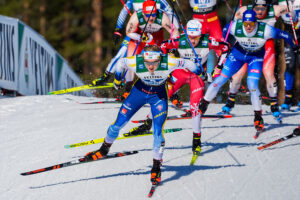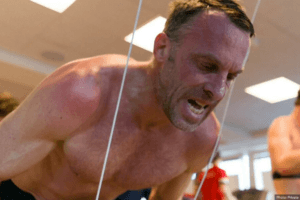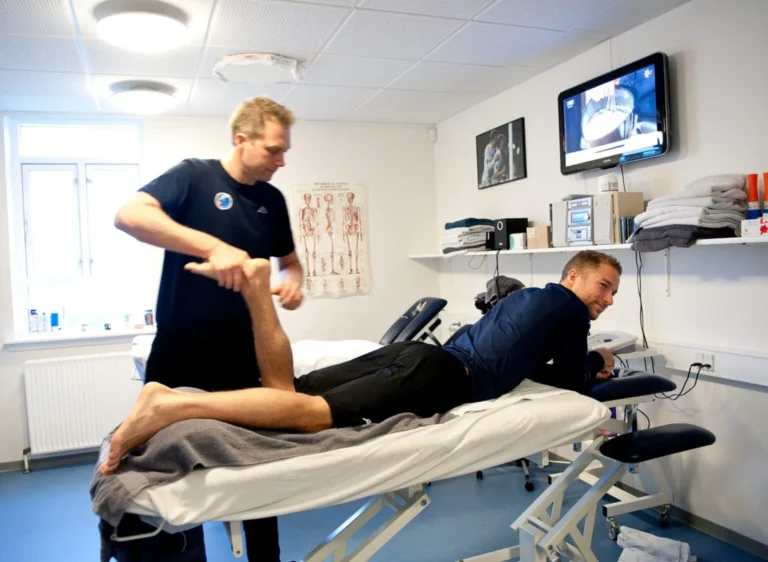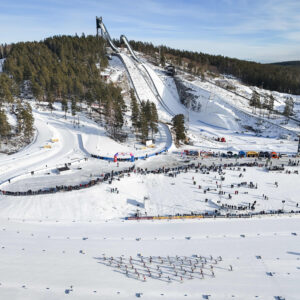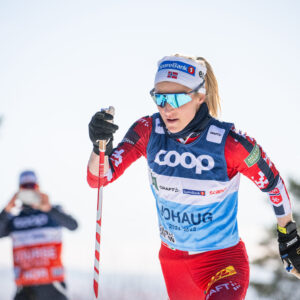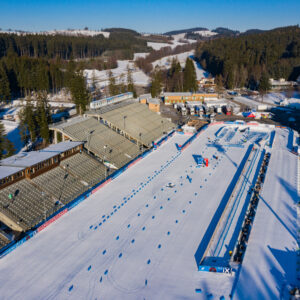Vasaloppet training tips: Who says there are no shortcuts?
There are two types of people participating in Vasaloppet: those who train for it and those who don’t.
Two Types of Vasaloppet Participants
The world’s largest cross-country skiing race, Vasaloppet, will take place again in early March this winter. Regardless of your race goal, there’s still time to ramp up your training.
“After coaching athletes of all levels for a couple of decades, I’ve noticed that there are two types of people heading into Vasaloppet: those who start preparing after registering and those who don’t think about it until race day,” says ski coach Erik Wickström.
“If you belong to the first group, you’ll have a much better chance of making the experience enjoyable compared to the second group,” he continues.
Erik Wickström has authored several books on cross-country skiing and ski training. He also hosts a training-themed podcast, Lagom Kondition, and provides coaching through his company. In this article, Erik is also going to give 3 important Vasaloppet training tips.
Also Read: Improve your classic cross-country skiing – here are five technique videos
No Need to Panic
Those who have trained consistently and diversely, completing three to five quality workouts per week throughout summer and autumn, likely have a solid endurance and strength base by now. If you see yourself among these athletes: great job, keep it up! There’s still plenty of time to continue quality training.
However, even if you don’t belong to this group, there’s no need to panic. There’s still time until early March.
“Most people registered for Vasaloppet ski very little, don’t own roller skis, and don’t train much. Yet, they still cross the finish line,” says Wickström.
Ideally, you should train regularly and diversely every week, incorporating long sessions, intensity workouts, and strength training into your program.
Wickström understands, however, that this isn’t always feasible in a busy daily life. He emphasizes that any training is beneficial, especially if done reasonably and consistently.
“If you manage a couple of workouts per week, that’s perfectly fine. Even if you can’t ski, it’s not a dealbreaker. Just try to stay fit, regardless of the activities you choose,” he advises.
Are There Shortcuts?
Wickström debunks the myth that there are no shortcuts. Even if your training isn’t regular or intense, one month of consistent effort can improve your fitness.
“The most important thing is to ski as much as possible during the last month before the race. If, for some reason, you haven’t trained as planned, you can still make significant progress in the final month. While I wouldn’t recommend this from a public health perspective, this shortcut can give most people a quick fitness boost”, says Wickström.
He continues, “My best advice is to ski as much as possible in February. Also, avoid taking on other major projects, like a kitchen renovation, in the month leading up to Vasaloppet. This applies to everyone, whether you’ve trained consistently all year or are cramming for the race in a shorter time frame.”
Wickström gives you 3 Vasaloppet Training Tips:
- Train regularly and systematically; every training hour counts.
- Ski as much as possible in February.
- Avoid planning other major projects, like a kitchen renovation, in the last month before Vasaloppet.
The article was originally published last January and updated today.
You can read the previous article here: Training for Vasaloppet: Who says there are no shortcuts?
Are you interested in long-distance skiing? Click HERE and read more about it.



